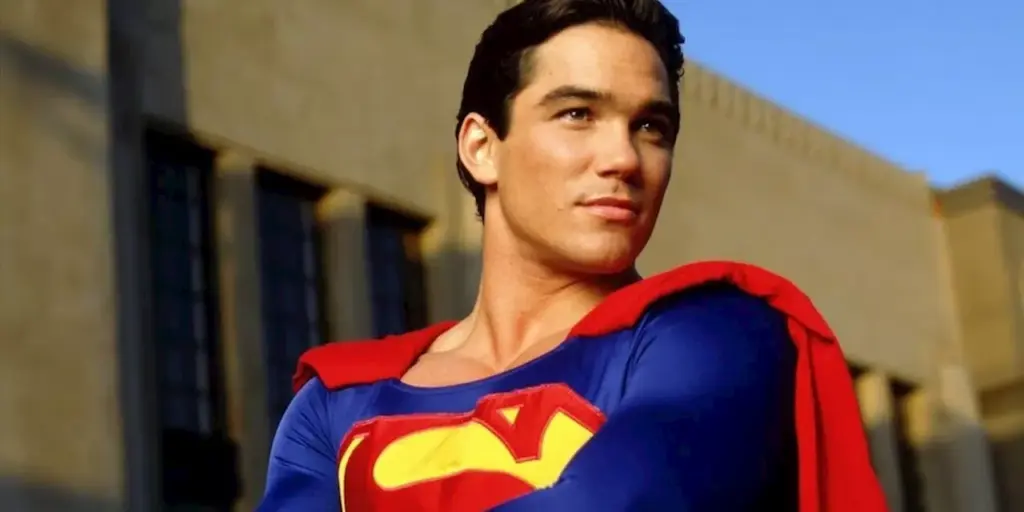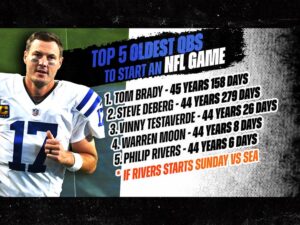
Television history is marked by moments that captivate audiences, but some of the most memorable instances arise from controversial recastings. Over the years, networks have replaced beloved actors, leading to divided opinions among fans. This article explores ten recastings that not only shocked viewers but also had lasting impacts on their respective shows.
Shifting Characters and Audience Reactions
One of the most famous examples comes from the realm of science fiction. Doctor Who, a show that has been on air since 1963, is known for its unique ability to regenerate its main character, the Doctor. This concept allows for different actors to portray the character, yet each transition brings its own set of challenges. When David Tennant transitioned to Matt Smith in 2010, fans were initially hesitant. However, Smith’s portrayal ultimately garnered a dedicated following.
Another notable recasting occurred in the realm of comedy with The Fresh Prince of Bel-Air. In its first three seasons, the character of Aunt Viv was portrayed by Janet Hubert. Due to off-screen tensions, the role transitioned to Daphne Maxwell Reid for the remainder of the series. This change sparked debates among fans, many of whom felt a strong connection to Hubert’s performance.
Impact on Shows and Legacy
The impact of recasting is not limited to character dynamics; it often shapes the show’s legacy as well. In Gilmore Girls, the character of Rory’s boyfriend, Jess, made waves when Milo Ventimiglia stepped in to replace the original actor, leading to long-lasting discussions about character development and chemistry.
Similarly, Grey’s Anatomy faced its own controversy when Katherine Heigl‘s character, Izzie Stevens, was replaced. Fans were left grappling with the change, reflecting on how such decisions can alter a show’s trajectory.
In the world of sitcoms, Full House and Family Matters also experienced notable shifts. The replacement of Michelle Tanner was a significant moment, as twins Mary-Kate and Ashley Olsen took on the role after the original actress fell ill. Similarly, the character of Eddie Winslow saw multiple actors throughout the series, complicating the show’s continuity.
Recasting can extend beyond individual characters. The transition of Dumbledore from Richard Harris to in the Harry Potter film series raised eyebrows among fans. Harris’s passing in 2002 led to Gambon’s interpretation, which diverged significantly from Harris’s more reserved portrayal. This change illustrated how critical audience attachment is to character perception.
As television continues to evolve, the practice of recasting remains a contentious topic. The decisions made by producers often reflect broader industry pressures, including availability, contractual disputes, and creative direction. While some recastings are embraced, others leave a lasting impression of disappointment for fans.
In conclusion, the ten recastings highlighted in this article demonstrate the complexities of character portrayal in television. Each case reflects not only the challenges actors face but also the profound impact such changes have on audience engagement. As shows strive to keep audiences entertained, the legacy of these recastings will continue to spark discussions and debates among fans for years to come.







